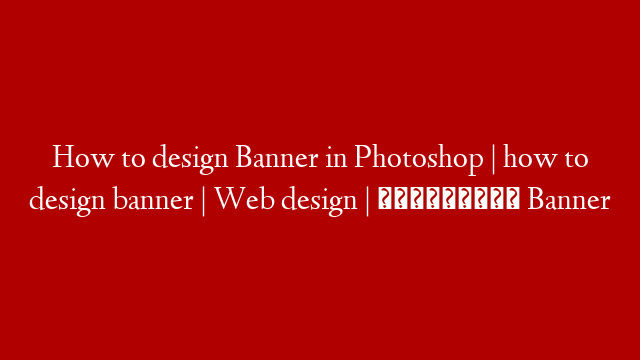1. Parts of a website page can be broken down in 10 steps to show a closer look at the anatomy of a website. As you look at the top of any web page you should be able to find the ID of the page or logo that represents the company. The upper part of the website is usually called the header. There are no rules that say you must put the website ID on the left side of the page. It can be placed in the center or right side of the page if you choose to do so.
2. You may find a banner ad to the left or the right of the site ID. A banner ad can be placed there if your person that owns the website has decided to advertise or sell the space to another advertiser hoping to make sales.
3. If your website is an e-commerce website, you will traditionally see a shopping cart to the right. People usually read left to right so it’s logical to see a shopping cart to the right of your banner ad and website ID.
4. Just below the header you may find a list of buttons that tell you about the company and what they have to offer. Buttons can sometimes be listed as home, about, contact, etc. This could be one or two tiers and is called the navigation bar.
5. On another tier of the same navigation bar, you may find a list of what the company is selling by category. Sometime you’ll find this information on the left side of the page depending on how you set it up. It is believed that people like information directly in front of them for easy access.
6. On that same line of the navigation bar, a search box can be added as well. It depends on how many pages you have on your website. If your site is has a lot of content, it’s customary to add a search box. If you have a lot of categories your visitors need to see for better service to them, you can even add another section of the navigation buttons below the second tier of navigation buttons.
7. If you find you have a lot of subsections for the products you’re selling, you can add another navigation bar on the left side of the page. Maybe your website sells, flat screen TV’s and you want to show more of a breakdown of the product by parts. A left side navigation bar could work.
8. Just below the header in the center of the page you will find your title with H1 Tag. I point out H1 tags because Header tags help search engines know the clear intention of your web page. The title will help optimize your page even better with a Header tag.
9. Just below the title is where your visitors should find the content that describes your products and services; maybe listing TV’s by parts and price.
10. Just below the content you’ll find the footer with listings of your privacy policy, disclosure policy, contact us link and conditions of use notice.
In conclusion, don’t be afraid to experiment with various ways of designing your website. You can add as many parts to your website page that you want. The key is to only add parts that make logical sense to help your visitors have a pleasant experience. These are only the basic element of a website page that you can always change.
Now that you have the guidelines, how will you design your next website?

![Animating Infographics Pie Chart – HTML5 Banner Ads in Adobe Animate [39/53]](https://www.recue.com/wp-content/uploads/2022/03/Animating-Infographics-Pie-Chart--HTML5-Banner-Ads-in-Adobe-Animate-3953.png)